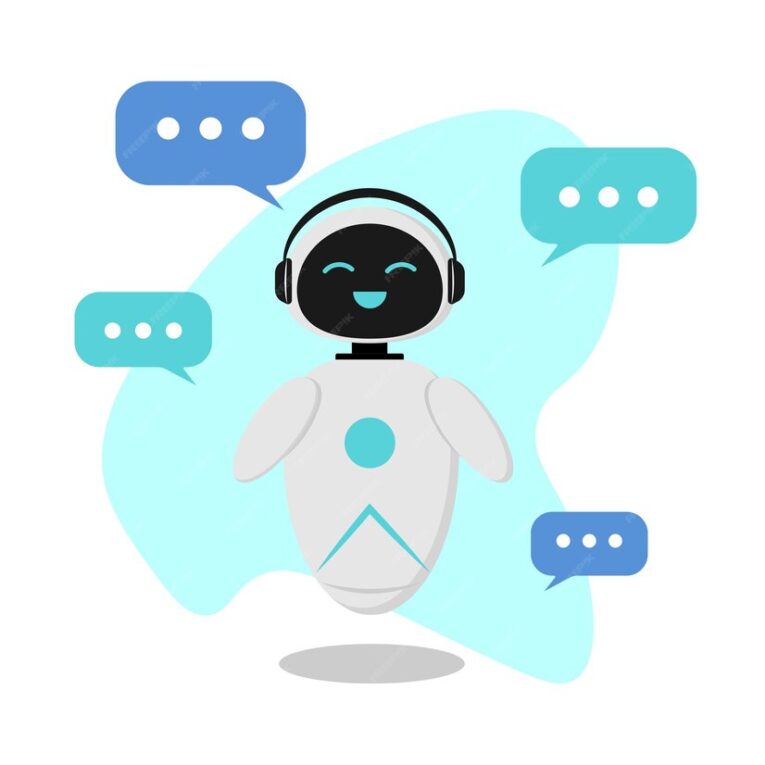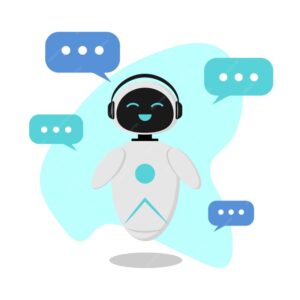Generative AI, particularly large language models (LLMs) like OpenAI’s ChatGPT, has revolutionized the way we interact with technology, providing powerful tools for generating text, answering questions, and even creating art. However, many people harbor misconceptions about these tools, believing they can answer anything or solve every problem. As a data scientist, it’s crucial to understand the strengths and limitations of generative AI to utilize it effectively and responsibly. This article will delve into the proper and best practices for using generative AI, supported by practical examples.
Understanding Generative AI
Generative AI refers to a category of artificial intelligence that can generate new content, such as text, images, music, or code. These models are trained on vast datasets and can produce human-like text, making them valuable for a range of applications. However, it’s essential to recognize that while they are powerful, they are not omnipotent and have specific use cases where they excel.
When to Use Generative AI
- Content Creation
- Blog Posts and Articles: Generative AI can help draft content for blogs, articles, and social media. For example, a marketing team can use ChatGPT to generate the first draft of a product announcement or a blog post about industry trends.
- Creative Writing: Authors can use AI to brainstorm ideas, create character dialogues, or even write poetry and short stories.
- Customer Support
- Chatbots: AI can power customer service chatbots, handling common queries and providing instant responses. For example, an e-commerce site can use an AI chatbot to answer questions about order status, return policies, and product details.
- Email Responses: Businesses can use AI to draft responses to customer emails, ensuring timely and consistent communication.
- Data Analysis and Reporting
- Summarizing Data: AI can summarize large datasets, reports, and documents, making it easier for professionals to grasp key points quickly. For instance, financial analysts can use AI to summarize quarterly reports.
- Generating Insights: AI can analyze data and generate insights, helping businesses make data-driven decisions. For example, sales teams can use AI to identify trends and patterns in customer data.
- Education and Training
- Tutoring: AI can serve as a tutor, providing explanations and answering questions on various subjects. Students can use AI to get help with their homework or understand complex topics.
- Training Material: AI can create training materials, including quizzes and practice exercises, for corporate training programs or educational courses.
- Personal Assistants
- Task Management: AI can help manage tasks, set reminders, and organize schedules. For example, virtual assistants can use AI to schedule meetings, send reminders, and manage to-do lists.
- Information Retrieval: AI can quickly retrieve information and provide summaries. For instance, users can ask AI for weather updates, news summaries, or directions.
Best Practices for Using Generative AI
- Understand the Limitations
- Accuracy and Reliability: While AI can generate content, it may not always be accurate or reliable. Users should always verify the information provided by AI, especially for critical tasks. For instance, an AI-generated medical article should be reviewed by a healthcare professional.
- Context and Relevance: AI may sometimes generate irrelevant or out-of-context responses. It’s important to provide clear and specific prompts to ensure the AI understands the context. For example, when asking for a summary of a report, specify the key points you are interested in.
- Ethical Considerations
- Bias and Fairness: AI models can inherit biases from the data they are trained on. It’s crucial to be aware of potential biases and take steps to mitigate them. For example, when using AI for hiring, ensure the training data is diverse and representative.
- Privacy and Security: Ensure that AI usage complies with privacy laws and regulations. For instance, when using AI to process customer data, ensure the data is anonymized and securely stored.
- Human Oversight
- Review and Edit Outputs: Always review and edit AI-generated content before using it. This ensures the quality and accuracy of the information. For example, a journalist should review and fact-check an AI-generated news article before publishing it.
- Human-in-the-Loop: Incorporate human oversight in the AI workflow. For instance, use AI to generate customer support responses, but have a human review them before sending.
- Provide Clear Instructions
- Detailed Prompts: Provide detailed and specific prompts to guide the AI. This helps in generating more accurate and relevant responses. For example, instead of asking “Tell me about climate change,” specify “Explain the impact of climate change on coastal cities.”
- Context and Background: Provide context and background information to help the AI understand the task better. For instance, when asking for a summary, provide the document and specify the key points of interest.
- Continuous Learning and Improvement
- Stay Updated: The field of AI is constantly evolving. Stay updated with the latest advancements and best practices. For example, regularly read research papers and attend AI conferences.
- Iterative Improvement: Continuously improve the AI models and processes based on feedback and performance. For instance, regularly update the training data and refine the algorithms.
Examples of Proper Use of Generative AI
- Marketing Campaigns
- Content Generation: A marketing team uses AI to generate content for a new product launch. They provide detailed prompts about the product features, target audience, and campaign goals. The AI generates draft content, which the team reviews and edits before finalizing.
- Ad Copy: The team uses AI to generate multiple versions of ad copy, selecting the most effective ones through A/B testing.
- Healthcare
- Medical Summaries: A healthcare provider uses AI to generate summaries of patient records for doctors. The AI processes the records and provides concise summaries, highlighting key information. Doctors review the summaries to ensure accuracy and completeness.
- Research Insights: Researchers use AI to analyze large datasets and identify patterns in disease progression. The AI provides insights, which researchers validate through further studies.
- Education
- Personalized Tutoring: An online education platform uses AI to provide personalized tutoring to students. The AI generates explanations and practice exercises based on each student’s progress and learning style. Teachers review the AI-generated content to ensure it meets educational standards.
- Content Creation: The platform uses AI to create interactive quizzes and assessments. Educators provide feedback to improve the AI-generated content.
- Customer Service
- Chatbots: An e-commerce company uses AI-powered chatbots to handle customer queries. The AI generates responses based on a database of common questions and answers. Customer service representatives review complex queries and provide additional support as needed.
- Email Drafting: The company uses AI to draft responses to customer emails. Representatives review and edit the drafts before sending.
Examples of Misuse of Generative AI
- Spreading Misinformation
- Unverified Content: Using AI to generate news articles without verifying the information can spread misinformation. For example, generating articles on sensitive topics like health or politics without fact-checking can have serious consequences.
- Deepfakes: Using AI to create deepfake videos or images to deceive people or manipulate opinions is unethical and harmful.
- Bias in Decision-Making
- Hiring Decisions: Using biased training data for AI in hiring processes can result in discriminatory practices. For example, if the training data reflects historical biases, the AI may favor certain demographics over others.
- Loan Approvals: Similarly, using biased data for AI in financial services can lead to unfair loan approvals or rejections.
- Privacy Violations
- Sensitive Data: Using AI to process sensitive personal data without proper safeguards can lead to privacy violations. For example, processing health records without anonymizing the data can expose patient information.
- Surveillance: Using AI for surveillance without clear regulations and oversight can infringe on individuals’ privacy rights.
Conclusion
Generative AI offers immense potential for various applications, from content creation to data analysis and customer service. However, to harness its full potential, it’s crucial to use it responsibly and ethically. Understanding its limitations, ensuring human oversight, providing clear instructions, and staying updated with the latest advancements are essential best practices.
By adhering to these practices, we can leverage generative AI to enhance productivity, improve decision-making, and drive innovation while mitigating risks and ensuring ethical use. As data scientists and AI practitioners, it is our responsibility to guide and educate others on the proper use of this powerful technology, ensuring it serves as a force for good in society.

